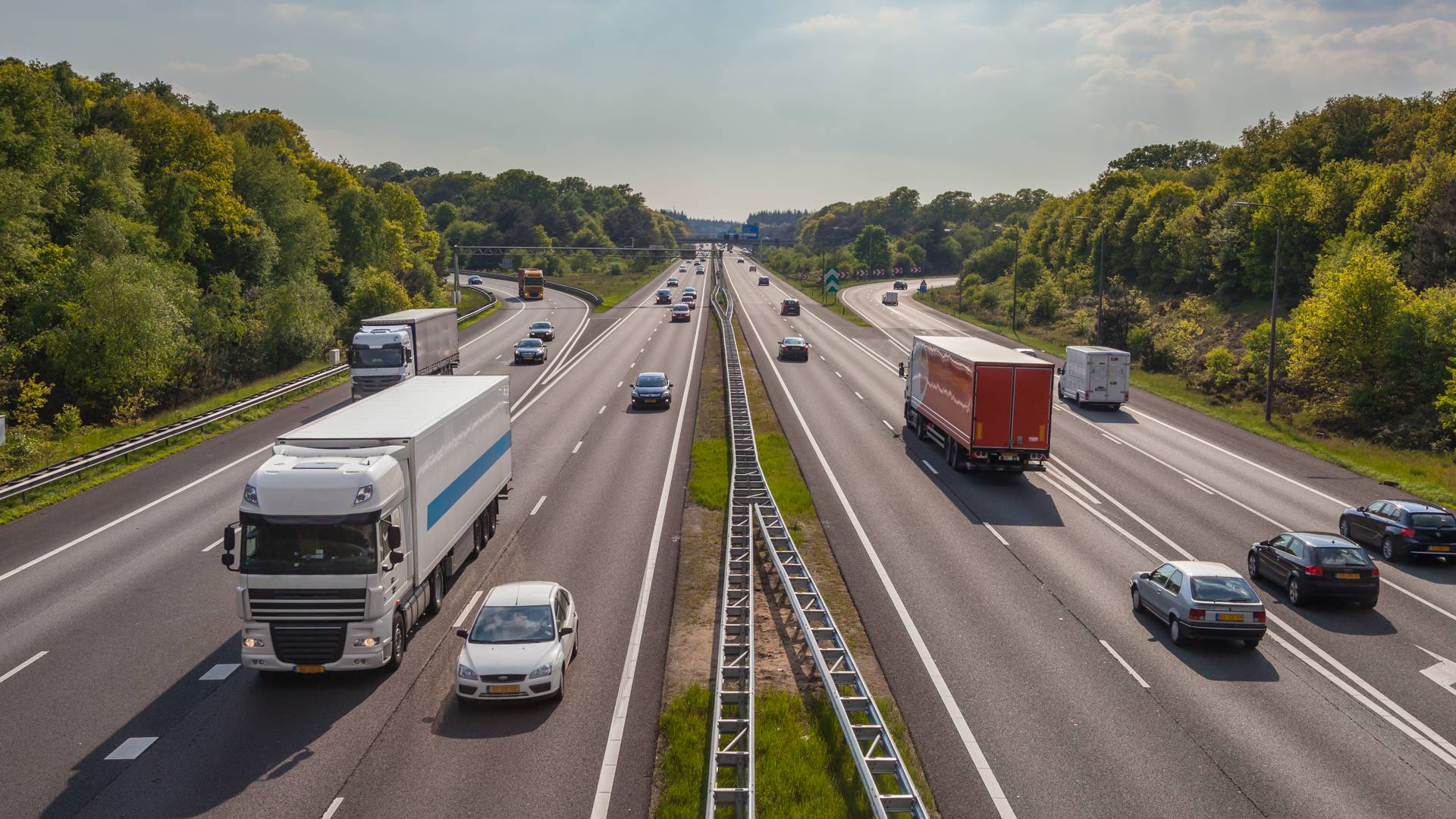In the wake of events such as the unrest in Ferguson, MO, and the shooting death of 18-year-old Mike Brown, police actions have come under scrutiny by the general populace as well as by government agencies. Mike Brown’s death is just one instance in a series of events where the truth of what happened is mired in conflicting witness reports and lack of incontrovertible proof. Many of these unfortunate and tragic events could be avoided altogether if police officers were required to wear cameras while on duty.
There is Already Promising Evidence
The idea that police actions should be monitored is hardly new. Dashboard cameras have been in use for years to document traffic stops. More tellingly, in 2012, the city of Rialto, California introduced a program requiring all officers to wear cameras while on duty. In the first year alone, citizen complaints against officers dropped by 88%, and use of force by officers dropped by 60%. Other cities have begun their own trial programs, including Oakland, California; Albuquerque, New Mexico; and Ft. Worth, Texas. A judge even ordered officers in one New York town to wear cameras after ruling that a department policy was unconstitutional.
Cameras and the Psychological Factor
The idea that people behave better on camera is common sense. However, it is also backed up by research studies that show people alter their behavior when they know they are being recorded or otherwise observed. Cameras would be a benefit for both law enforcement and citizens. As the numbers already show, it can reduce the need for force, and ultimately keep incidents from spiraling out of control.
There is another reason to consider the use of cameras as well: Human memory is not perfect, especially in stressful situations. It is what leads multiple witnesses to give different accounts of the same event. Requiring officers to wear body cameras would also provide the much-needed and oft-lacking evidence in police brutality cases.
Cameras Would Not Be Intrusive or Obstructive
Video recordings have been used to resolve questionable cases since 1991, when a bystander recorded the beating of Rodney King by L.A.P.D. officers. Since then, cameras have become smaller, lighter, and more efficient at taking video. Cameras, complete with microphones, are now small enough that they can clip to lapels, hats, or even sunglasses. An extended battery pack would be enough to get an officer through even a long shift. In addition, many of these cameras are relatively affordable, costing only a few hundred dollars.
Not an Instant-Fix Situation
In theory, it seems easy to mandate that officers wear cameras. The ACLU has even come out in support of the policy; however, the matter is far from simple.
Privacy is a big concern. Several states within United States have laws that prohibit oral recordings between two or more parties unless all parties involved have given their consent. Therefore, those states would have to create exemptions on top of addressing the general privacy issues.
There is also no guarantee that officers would actually turn on the cameras as required. In addition, there is no guarantee that the recordings would or could be released as evidence or public record. San Diego, for example, routinely refuses to release those videos.
Finally, there is the issue of cost. While good quality cameras are available for just a few hundred dollars, multiply that by hundreds or thousands of officers, and the expenses quickly add up. Not every community, or even every state, can necessarily afford to implement such a policy.
That said, cameras are still the most viable way to reduce the number of police brutality incidents, and the numbers certainly provide the proof.
If you have been a victim of police brutality, don’t hesitate to contact us online or call (800) 234-9556 today to discuss your case. The attorneys at Van Sant Law understand police brutality and they stand ready to help you get a quick resolution to your situation.

.2410180755550.png)



.2410171551550.png)
